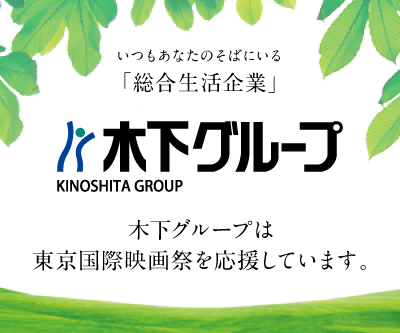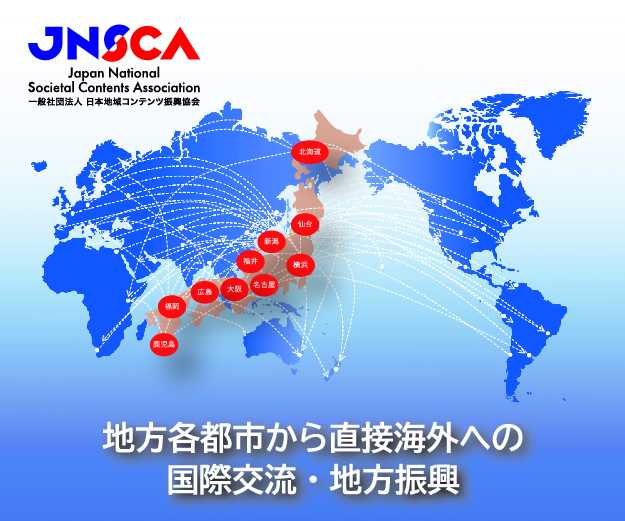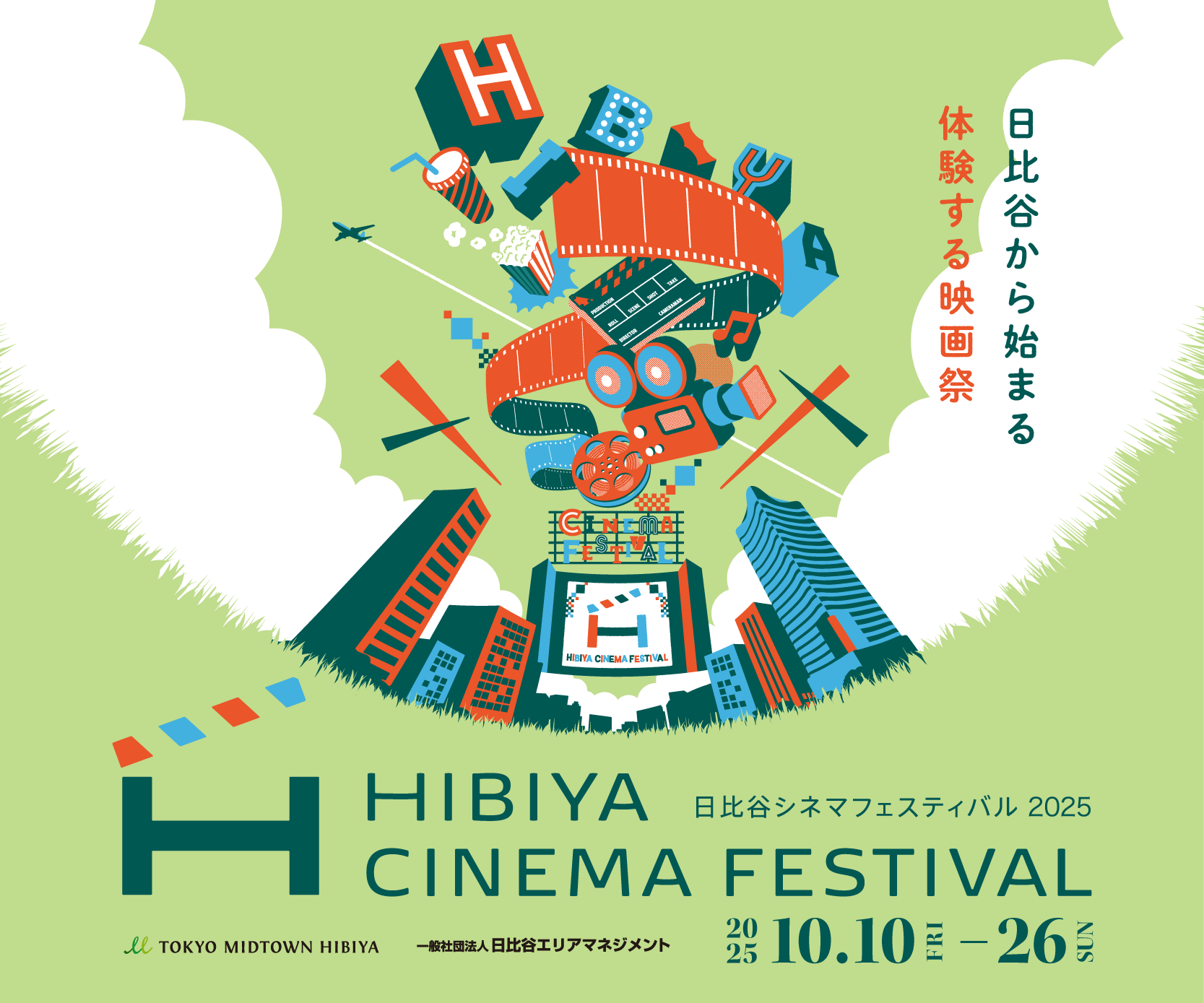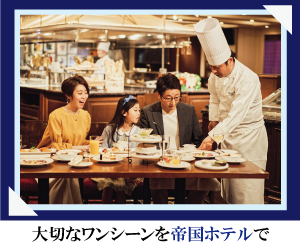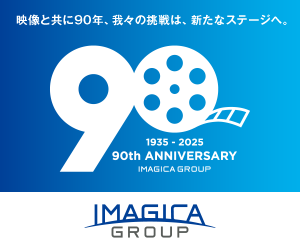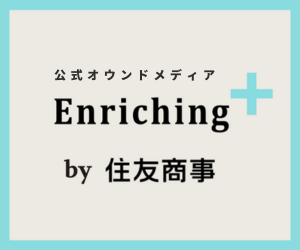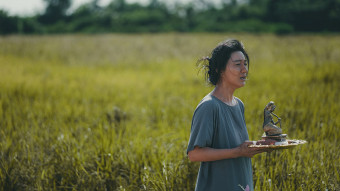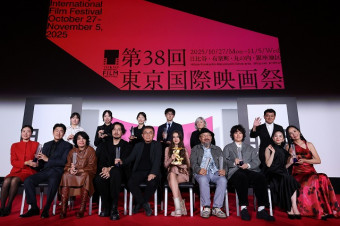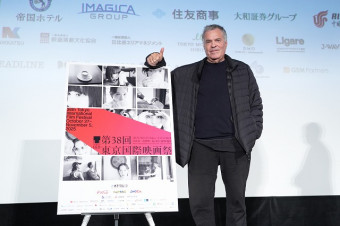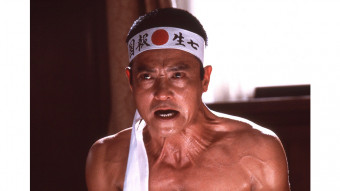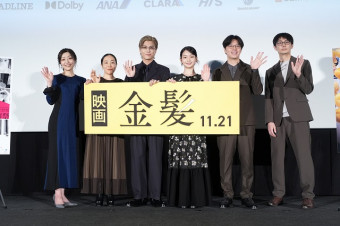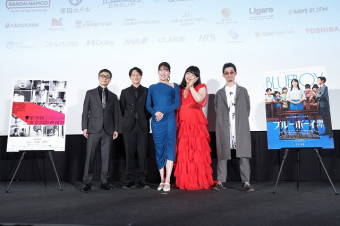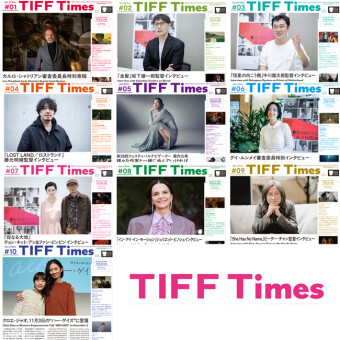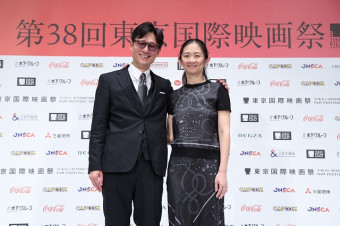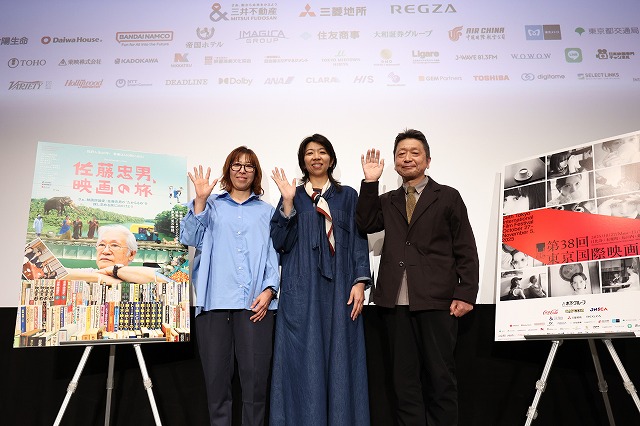
It seems only right that the special Opening Film for the Asian Future section of the 38th Tokyo International Film Festival is the world premiere of the documentary Journey Into Sato Tadao. Sato, who died in 2022 at the age of 91, was not just one of Japan’s most revered film critics and film scholars. He was the man who single-handedly introduced Asian films to Japan, mainly through the Focus on Asia project of the Fukuoka International Film Festival, which he worked on with his wife, Hisako, and its related film archive.
Sato published more than 150 books about Japanese and Asian film, along with countless articles. His work not only familiarized Japanese audiences with Asian films, but also, through his active engagement with movies from the region, helped bring together Asian filmmakers. In a real sense, Sato introduced Asian filmmakers to one another, especially in Fukuoka.
The documentary, directed by Terasaki Mizuho, a former student of Sato’s, takes in Sato’s life and extensively explores his theories about film and film criticism. Sato grew up poor and graduated from a night high school. His love of film thus developed organically and was not affected by the usual academic posturing. “I just wanted to write” is how he explained his approach to his vocation. He contributed stories to film magazines without a network, so to speak, and so entered the profession in a pure way. This outlook is best represented by his favorite film of all time, a 1979 Malayalam Indian movie from the state of Kerala called Kummatty (The Bogeyman). The children’s classic was restored by Martin Scorsese’s Film Foundation in 2021.
During the post-screening Q&A, Terasaki commented on Sato’s criticism, which she described as being inseparable from his personality. “He didn’t just introduce you to a film,” she said. “He gave you the social background. His opinions were rare among film critics of his generation. He was the first one to talk about how he felt about a film as he was watching it.” Kummatty, in that regard, made a stark impression on him for its “innocence.”
Consequently, Terasaki spent a lot of time on Kummatty in her documentary, even going to India to interview people who were involved in the production. Apparently, this aspect of the film was not planned from the beginning.
“The project came about after Mr. Sato died,” said Terasaki.” I thought about what he left behind. He once showed me his diaries and talked about his search for Asian films and how he loved the movies of Kerala, but he never really said why, so I thought I would try to find out myself.” The search took her not only to India, but also to South Korea, where she talked to various film professionals, including the veteran director Im Kwon-taek, whose respect for Sato was boundless, and Kim Dong-ho, one of the founders of the Busan International Film Festival.
When asked her own opinion of Kummatty, Terasaki said, “I first saw it on DVD, and only later watched it on a screen. The colors were so beautiful and the story was so simple, like a children’s picture book. You could see why it was Sato’s No. 1, even without subtitles. I think his view was that in terms of preserving the beauty of Asian culture, this was the perfect film.”
The documentary’s cinematographer, Okubo Chizuna, added that before she went to India with Terasaki,” I watched the movie so we could talk about how to shoot the interviews. But when we got there, we realized how much things had changed [since 1979]. Kerala is still beautiful, though, and I understood why the filmmakers shot it there.” One of the most striking scenes in the documentary is of a man bathing. Okubo said she caught the image by chance. “He just showed up and I filmed him. It was as if Mr. Sato himself had blessed the project. With his help this scene was possible.”
Q&A Session: Asian Future
Journey Into Sato Tadao
Guests: Terasaki Mizuho (Director), Okubo Chizuna (Cinematographer), Kawaida Hiroyuki (Producer)











